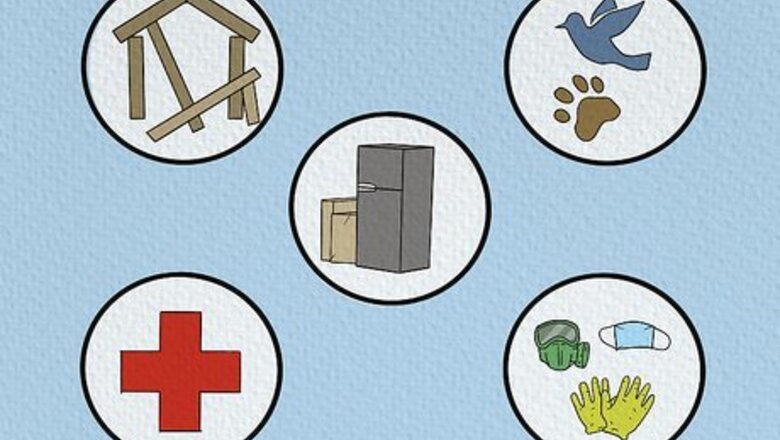
views
- The most mild case of hoarding disorder (Level 1) is characterized by light clutter that doesn’t drastically affect daily life.
- Level 2 marks a sharp descent from Level 1's clutter and includes unpleasant odors and non-functioning electrical or plumbing systems.
- At the turning point (Level 3), the clutter in a person’s home takes over both the interior and exterior, and they can no longer use spaces for their intended purposes.
- In the most severe cases (Levels 4 and 5), hoarding can result in an uninhabitable living space that poses serious risks to a person’s health and safety.
Clutter-Hoarding Scale
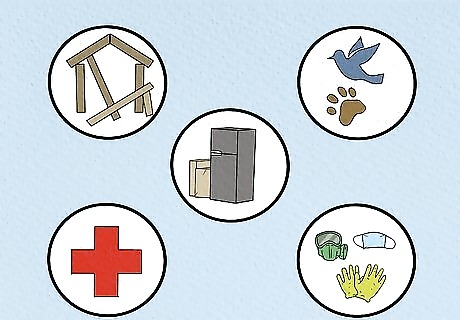
The Clutter-Hoarding Scale defines 5 levels of hoarding based on severity. The scale was developed by the Institute for Challenging Disorganization to be used by clean up crews and other helpers who come in to clean up the house of someone with hoarding disorder. These assessment categories are used to evaluate the inside of someone’s house and do not apply to places like unattached garages, sheds, or outbuildings. The 5 assessment categories are: Structure and zoning: This includes access to entrances and exits, whether or not plumbing, electric, and HVAC (heating, ventilation, air-conditioning) are functioning properly, and structural integrity of the home. Animals and pets: This looks at things like animal care and control, compliance with local animal regulations, and infestation issues (rats, roaches, bed bugs, etc.) This is especially important in the case of animal hoarding. Household functions: Examines whether the rooms and spaces are accessible and functioning as they’re supposed to. For example, if someone uses their refrigerator to store non-food items, this could be a sign of hoarding. Health and safety: What are the sanitation levels like inside the house? This also looks at how someone is managing their medication, both over-the-counter and prescribed. Personal protective equipment (PPE): These are recommendations for PPE (face masks, gloves, goggles, etc.) needed based on the level of severity of the hoarding and the state of the living space.
Level 1
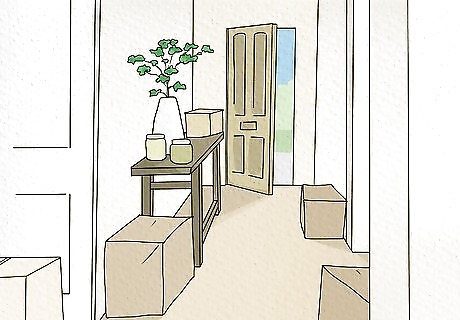
There is light clutter, but household cleanliness is mostly maintained. This is the most mild case of hoarding disorder. The homeowner is accumulating a bit of clutter, but it’s not to a point where their space becomes uninhabitable. Clutter is different from simple collecting, which is when someone displays their possessions in an organized matter. With Level 1, spaces are crammed with objects and the person has a hard time throwing things away. Structure and zoning: All doors, stairways, and windows are accessible, and the plumbing, electrical, and HVAC systems are fully functional. Smoke detectors and carbon-monoxide (CO) detectors are installed and working properly. Animals and pets: Pet behavior is normal and the number of animals is in compliance with local laws. There are no pests or infestations. Household functions: Clutter isn’t so excessive that it blocks off rooms, and each room is being used for its intended function. Appliances are in working condition and there’s consistent housekeeping and maintenance being done. Health and safety: The house is in a sanitary condition and there are no unpleasant odors from food, animals, or gas. Medications are properly managed and stored. PPE: PPE is optional, with things like hand sanitizer, a flashlight, and a first-aid kit being the only things recommended.
Level 2
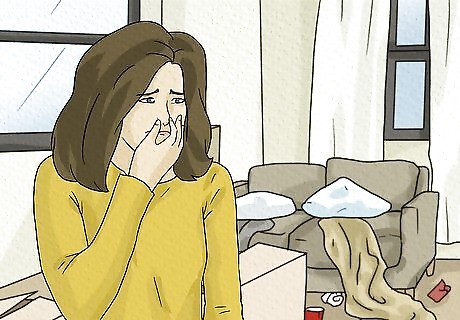
Clutter congests the house and there may be unpleasant odors. By Level 2, a person’s hoarding tendencies are already beginning to pose some risks to safety and well-being. The level of clutter is bad enough that someone who has a professional understanding of chronic disorganization needs to be called in to sort things out. Structure and zoning: At least one major exit is blocked and one or more HVAC devices hasn’t been working for longer than one season. Some plumbing and electrical systems aren’t fully functional, and smoke detectors and CO detectors are missing or non-functioning. Animals and pets: There is visible or odorous pet waste along with fur, hair, or feathers throughout the home. There may be evidence of insects or other pests. Household functions: There’s a lack of routine housekeeping. The exits, hallways, and stairways are slightly congested, and clutter obstructs functions of central living areas, such as the bed, refrigerator, or couch. Health and safety: There may be unpleasant odors coming from dirty dishes, laundry, toilets, or mold. The quantities of medication are questionable, and they may be expired, disorganized, or improperly stored. PPE: Light PPE may be needed. This includes gloves, a cap, shoe covers, a first-aid kit, hand sanitizer, a flashlight, and insect repellent.
Level 3
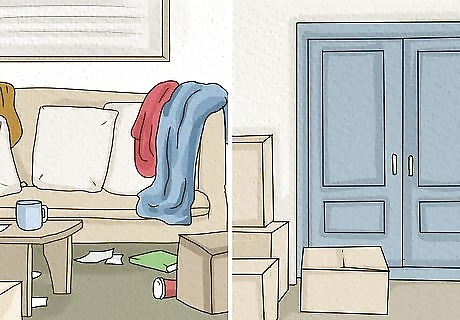
Unsanitary and unorganized clutter occurs inside and outside the home. Level 3 is the turning point between a cluttered house and a hoarding environment. At this stage, personal hygiene and sanitation takes a sharp downturn. The accumulation of things isn’t considered manageable and poses a serious threat to a person’s health and safety. Structure and zoning: Clutter has now moved outside, with indoor items being kept on the lawn or patio. HVAC devices haven’t been working for longer than a season, smoke and CO detectors aren’t functioning or even present, and light fixtures may be damaged. Animals and pets: There are more animals than legally allowed in the home and sanitation is poor. There may be feces, odors, and fur throughout the house, along with insect infestation, like fleas, ants, cockroaches, or bed bugs. Household functions: Clutter is obstructing stairs, doorways, and hallways. At least one room isn’t being used for its intended purpose (i.e., things being stored in the shower, on the bed, etc.), and there may be hazardous materials around, like broken glass or chemical spills. Health and safety: Garbage cans are overflowing, and there are unpleasant odors due to mold, dirty dishes, and dirty toilets. There's dust and debris accumulation throughout the house, and medications are not safely stored and may be expired. PPE: Medium PPE is required. This includes: face mask, eye protection, gloves, disposable coveralls, polyester bouffant caps, and shoe covers.
Level 4

The home has major structural damage and completely unusable spaces. By this point, a team of professionals will need to be called in to deal with the situation. This might include mental health professionals, social workers, pest and animal control officers, and even crime scene cleaners. Structure and zoning: The clutter is excessive both indoors and outdoors. HVAC devices haven’t worked for over a year, and there’s structural damage that hasn’t been addressed in 6+ months. There may be sewage issues, as well as water-damaged floors, broken windows, and damaged plumbing. Animals and pets: The number of animals exceeds the legal limit and there’s evidence of poor sanitation. There are spiders and webs in the house, along with evidence of bats, squirrels or rodents in the attic or basement. At this point, the house has a medium insect infestation. Household functions: Key living areas (kitchen, bedroom, office, etc.) aren’t being used and several are so cluttered that they can’t be entered. Hazardous materials like gasoline, paint, or chemicals are improperly stored, and appliances aren’t being used as intended (for example, the washing machine is being used to store items). Health and safety: There is rotting food and mold present, and dishes and utensils may be unusable. The person might not be sleeping in their bed due to pest infestation or mold. Medications may be expired and are easily accessible to anyone. PPE: Full PPE is required. This includes: a face mask or respirator, goggles, gloves, disposable coveralls, hat, and shoe covers, a flashlight, first-aid kit, and insect repellent.
Level 5
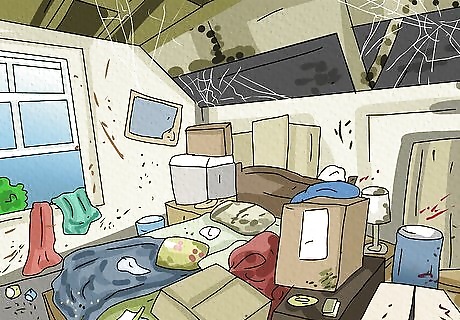
The house is likely uninhabitable and can’t be salvaged. The individual and anyone living in the house with them are at serious risk at Level 5. A team of professionals and community members will need to come together to help the individual, such as family, mental health professionals, social workers, building manager, zoning, fire, and safety agents. Structure and zoning: The clutter is extreme both indoors and outdoors, and there is irreparable damage to the house. Things like ventilation, HVAC devices, and smoke detectors are likely non-existent, and the electrical, water, and sewer septic systems are unreliable. Animals and pets: Animals in the house are at risk and a danger to others due to feral behavior, poor health, and sheer numbers. There may be a heavy insect infestation, and creatures like spiders, bats, rats, squirrels, and raccoons may have invaded the house. Household functions: Key living spaces are unusable. The exits, hallways, and stairs are completely blocked, and the toilets and faucets aren’t working. The person may be using kerosene, lanterns, or candles as light sources, which can be dangerous. Health and safety: There’s evidence of human feces and urine, as well as rotting food, mold, mildew, and heavy moisture throughout the house. Medications are likely expired and easily accessible to anyone. PPE: Full PPE is required. This includes: a face mask or respirator, goggles, gloves, disposable coveralls, hat, and shoe covers, a flashlight, first-aid kit, and insect repellent.
Psychology of Hoarding Disorder
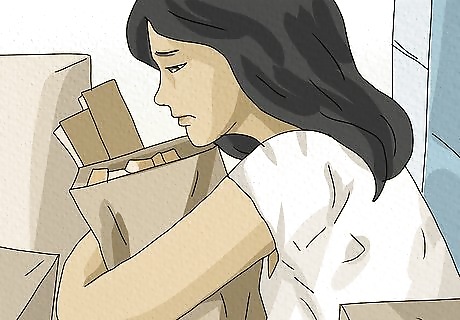
Hoarders may form emotional attachments to the items they hoard. This is one of the telltale signs that someone is dealing with a hoarding disorder. They have an extremely difficult time letting go of objects, saying they remind them of happier times, or that they feel safer when surrounded by items. Throwing out hoarded items, no matter how useless, can be very painful for them. Hoarding can also include excessively stocking up on certain items, like newspapers, plastic utensils, or books. By comparison, someone with normal clutter in their home won't have a hard time getting rid of it. Clutter just kind of happens and isn’t intentional.
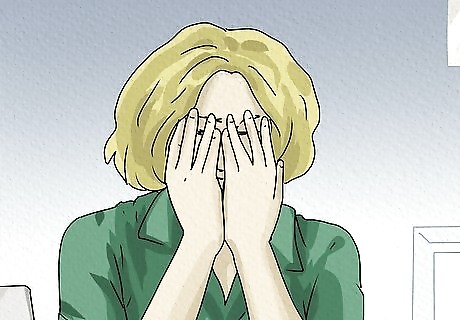
Someone who hoards may feel great distress and anxiety due to their behavior. Hoarding is different from collecting. Someone who collects items will often display them in an organized matter and want to show their collection off to others. Meanwhile, someone with a hoarding disorder likely won’t be able to organize the items that have piled up and can feel deep embarrassment and shame if other find out about their hoard.
Helping Someone with Hoarding Disorder
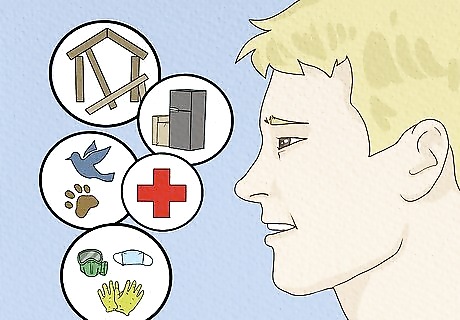
Recognize the signs and symptoms of hoarding disorder. Consult the scale that measures the 5 levels of hoarding to know what visual cues and behaviors to look for in someone you may think has hoarding disorder. Hoarding disorder can also be linked to other mental health issues such as depression or anxiety.
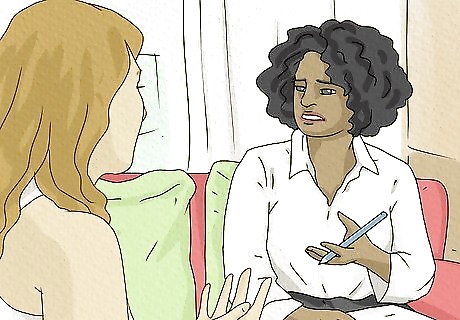
Suggest that they seek professional help to get organized. Oftentimes, many people don’t even recognize the signs of hoarding in themselves. In order to diagnose hoarding disorder, it’s important that they speak with a mental health provider. They may then be prescribed treatment plans, which can include cognitive behavioral therapy and/or medication.
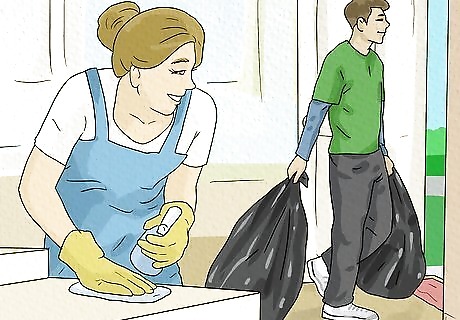
Be there to support them and help them manage the clutter. Hoarding disorder can cause a lot of distress and anxiety for the affected person. If you want to help them, stay by their side and listen to what they have to say. Be patient and help them through the recovery process as best as you can. If they’re okay with it, help them clear the clutter from their house and take those first few steps towards recovery.


















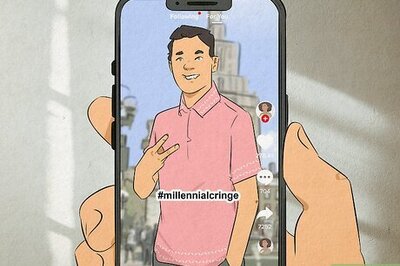
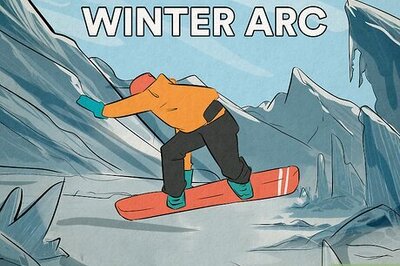
Comments
0 comment